....is this your first visit to my journal? Start on Day 1! Don't worry, we'll wait till you get back
Yesterday Dr. Jennifer Watts, one of the two main scientists I will be working with, arrived so we could head 60 miles south by a small prop plane (seating 6 + 2 pilots) to Atqasuk, an Inupiat village of around 250 residents.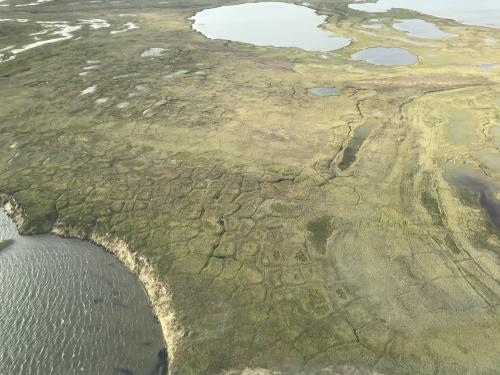
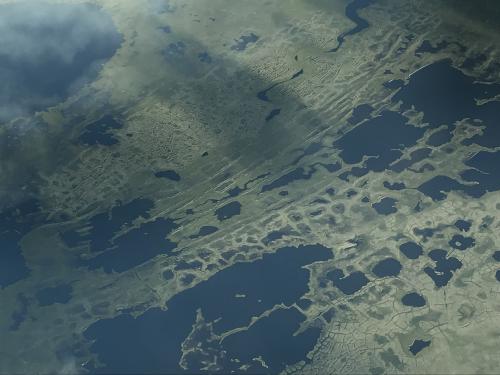
We landed on a dirt runway and the fun began. We went to get the truck left for us – but couldn't find the keys – and waived down a ride from the last car before it pulled away – the walk into the village would have been a little less than a mile.
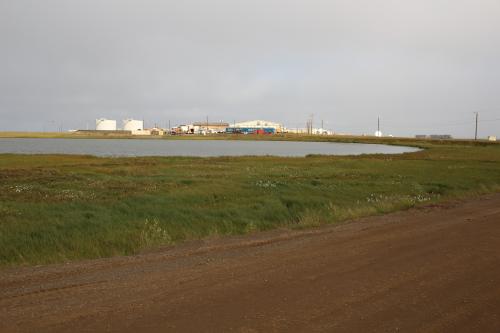
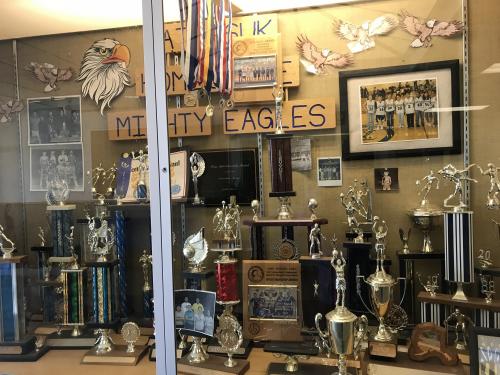
We also got to meet with and observe the class of a new teacher, Steve, who focuses on the high school students. One (of the many) classes he teaches is North Slope Science. This class could potentially use the monitoring stations Dr. Watts has set up for a citizen science project. This is the class we got to observe and Dr. Watts gave an impromptu (and interactive) lesson on what the stations are trying to measure and why.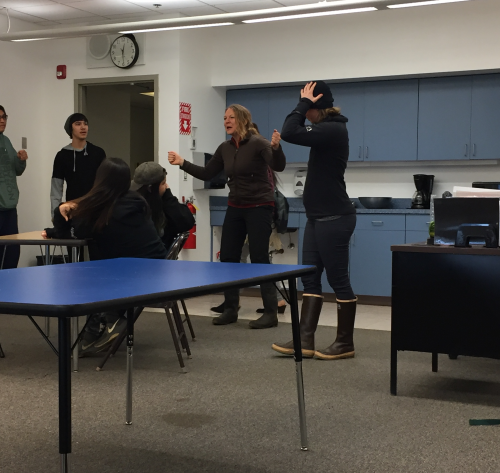
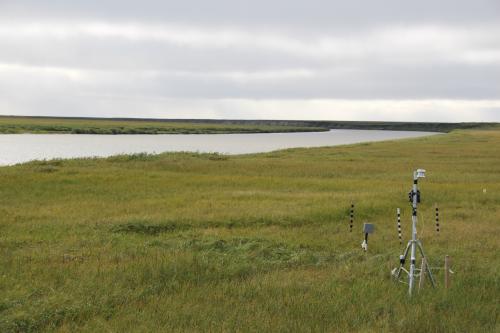
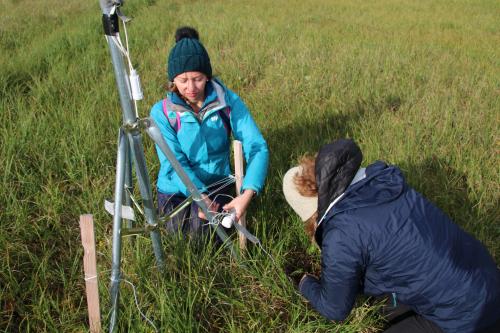
Below is a a video of the photos taken over the last year. These photos, through visual analysis, can be used to observe several important happenings: when the river freezes and thaws, snow levels (striped sticks give depth reference points), and greening/browning of the vegetation. I think this type of data is especially useful when engaging students. Watch and see what a year is like in Atqasuk:
Did you see anything that surprised you? What day does the river thaw? What day does the vegetation green after the winter? How deep is the snow? How often is it sunny? (note: some photos are missing because the camera got covered with dirt)
Through visiting the school and brainstorming with Dr. Watts, there are so many possibilities and collaborations for citizen science projects with this school in the future: * What if we got the students in Steve's North Slope Science class "talking" with my students through flipgrid videos?
What if we got the school a tablet to help students with collecting data from the tower?
What if we built a monitoring station similar to the one in Atqasuk in Weston?
What if the students in both communities started comparing data and observations?
What if we got the students in Atqasuk GIS training?
While we will start small, there are lots of possibilities – so ARCUS, NSF, National Geographic, and WEEFC – get ready for some proposals coming your way!
While we had hoped to spend the night in Atqasuk, we heard over the radio that all planes might be canceled for the next day, and we had one more opportunity to catch a flight out. In addition to that, after using an ATV (my first ever!) to go back and get the truck once we found the keys, we found out the truck was running on empty – and it had been used by other research teams throughout the day – meaning it (maybe) had one trip left. We made it to the landing strip and waited in the cold for a couple hours hoping for a plane. Given Dr. Watts' commitment to working with the community, she had the number of the airline gate agent – and we were able to get some updates. The plane arrived a little after 6pm and we made it back to Utqiagvik to catch our flights the next day. Up next – Fairbanks adventures!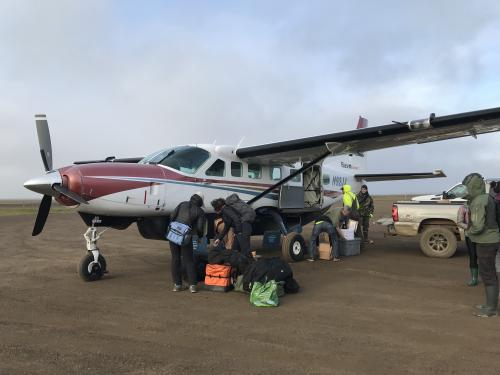
Further Reading
Want to know more? Check out Alaska Dispatch News' article on a citizen science initiative focused on foraging and berries.
Today's 360 Image
Spin around to see how close the monitoring station is to the school (blue building).


Comments